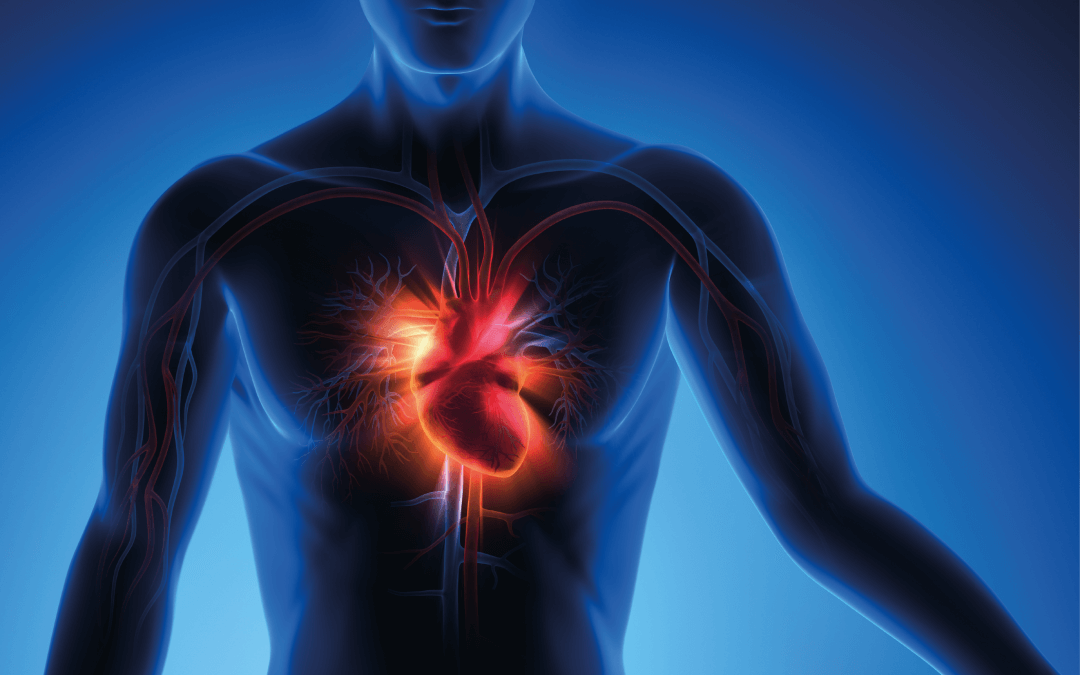As everyone knows the heart is one of the most important muscles in the body, so when something goes wrong with it, not only is it scary but it can change a life completely. During a heart attack, blood and oxygen are prevented from entering the heart causing the muscle cells to die. The damage can get to be so severe a transplant is needed.
What if stem cells could be used to repair the damage done by a heart attack?
New treatment to help hearts regenerate after injury
Researchers at the University of Manchester, UK have developed a new injectable gel to repair damage after a heart attack. Their biodegradable gel can help improve the delivery of cells directly into a living heart, which then gets to work regenerating and rebuilding damaged heart tissue.
The team are hoping that this new gel will improve treatments so much that individuals can avoid the need for a transplant.
The gel itself is made from chains of amino acids called peptides (the building blocks of protein). The gel can exist in different states thanks to the bonds between its molecules. Once injected the liquid becomes gel-like. This gel is then used by the stem cells so they can survive long enough to attach to the heart.
Stem cell surgery isn’t anything new with surgeons in Switzerland growing stem cells into cartilage for knee damage. However, hearts present a different challenge.
The challenge
Historically, when cells have been injected into a damaged heart only one per cent have attached and survived this process.
Professor James Leiper, Associate Medical Director at the British Heart Foundation, which funded the research, explains: “The challenge is in injecting these cells into a beating heart is that the heart is a mechanical structure and that the cells if they’re injected alone, find it very difficult to find an anchor. This [gel] is an exciting potential mechanism that we could use to harness the regenerative capacity of stem cells”.
The new gel acts like a scaffold, supporting the cells to attach to the heart so that they can repair and regenerate it.
What happens now?
Things are looking good for this new technology with the gel getting tested on healthy mice. The gel and cells have been injected into the mice with a fluorescent tag. This tag showed the gel remained for two weeks and ultrasounds and echocardiograms showed the injection itself was safe for the heart.
As well as attaching to the heart, scientists have shown that the gel can support the growth of healthy heart muscle tissue. They have added cells, which have been reprogrammed to become heart muscles, to the gel. These then grew in a dish for three weeks, where they began to spontaneously beat in the gel.
The plan is to now test the gel on mice who have had a heart attack to learn if the heart cells can become new muscle tissue and restore the heart’s normal function.
Request a Welcome Pack
Find out more about cord blood banking by downloading a Welcome Pack now.









